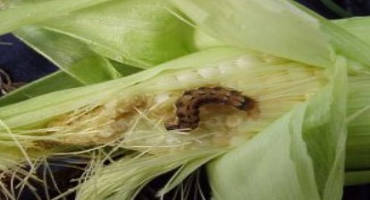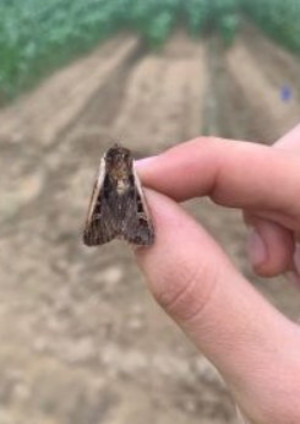By David T. Handley
SITUATION
Weather continues to be good for sweet corn growth, with some much-needed rain helping out the drier sites this week. Insect pressure continues to be high, with corn earworm, fall armyworm and western bean cutworm over threshold at most sites, so silking corn requires protection.
European corn borer: There was no feeding injury over the 15% control threshold on pre-tassel corn this week. Very few moths were caught in traps, and were not over the threshold for silking corn at any of our sites.

Corn earworm: Moth catches continue to be high at most locations, posing a significant threat to all fresh, silking corn. A six-day spray interval for silking corn was recommended in Bowdoinham, Charleston, Nobleboro, Oxford, Palmyra and Sabattus. A five-day spray interval was recommended for silking fields in Garland, one Dayton site, New Gloucester, North Berwick and one Wells site. A four-day spray schedule was recommended in Auburn, Biddeford, Cape Elizabeth, one Dayton site, Lewiston, Levant, and Wayne.
Fall armyworm: Moth counts were over the 3-moth threshold for silking corn in Bowdoinham, Cape Elizabeth, Charleston, Garland, Dayton, Lewiston, New Gloucester, Nobleboro, Poland Spring, and Wells. Only the Poland Spring site was not also under a spray interval for corn earworm. Larval feeding damage to young corn was over the 15% spray threshold in Poland Spring and one Wells site.
